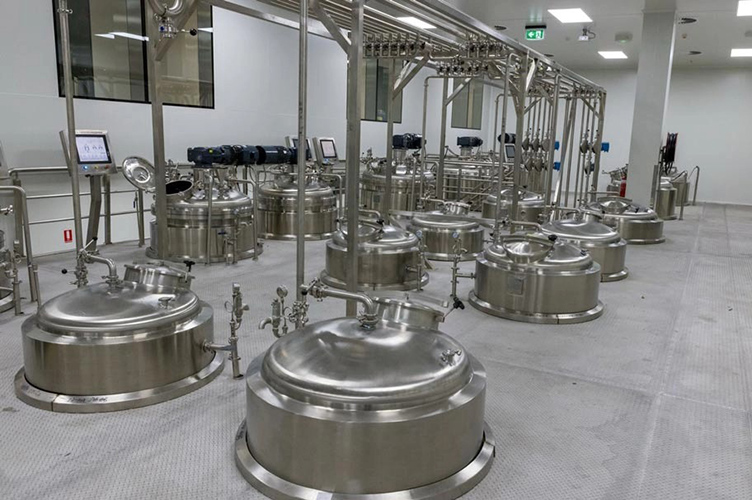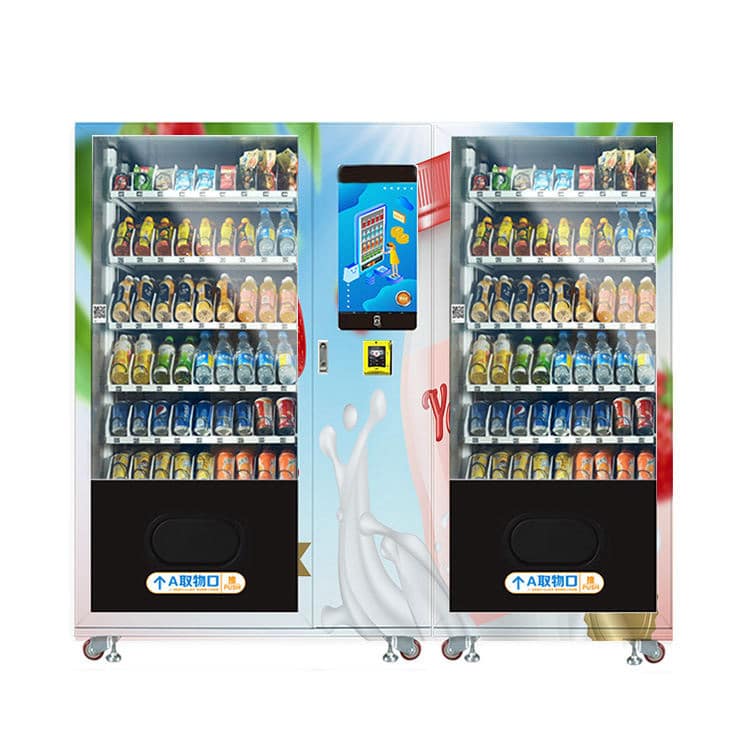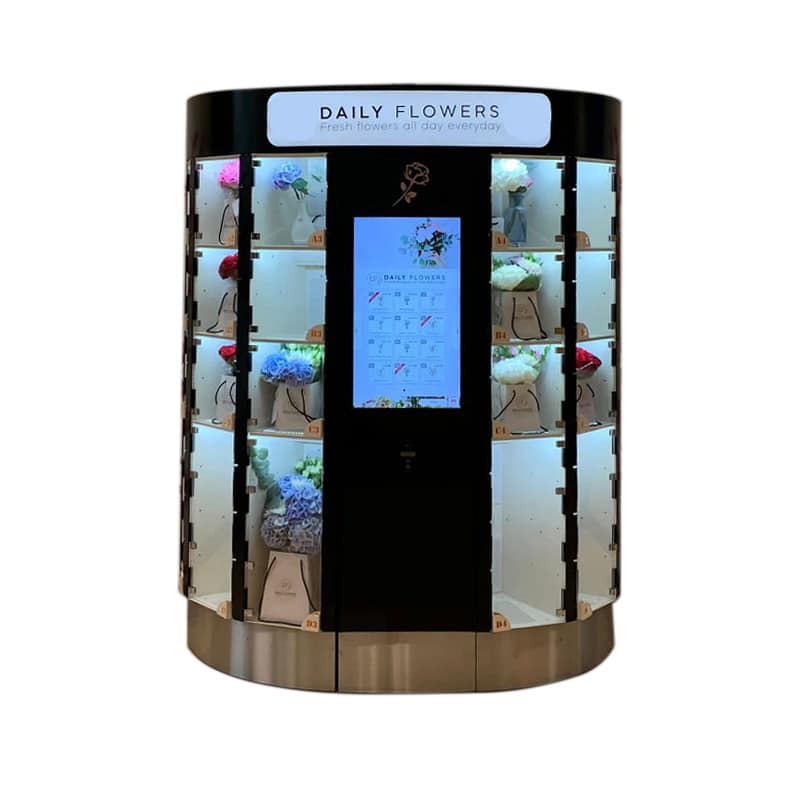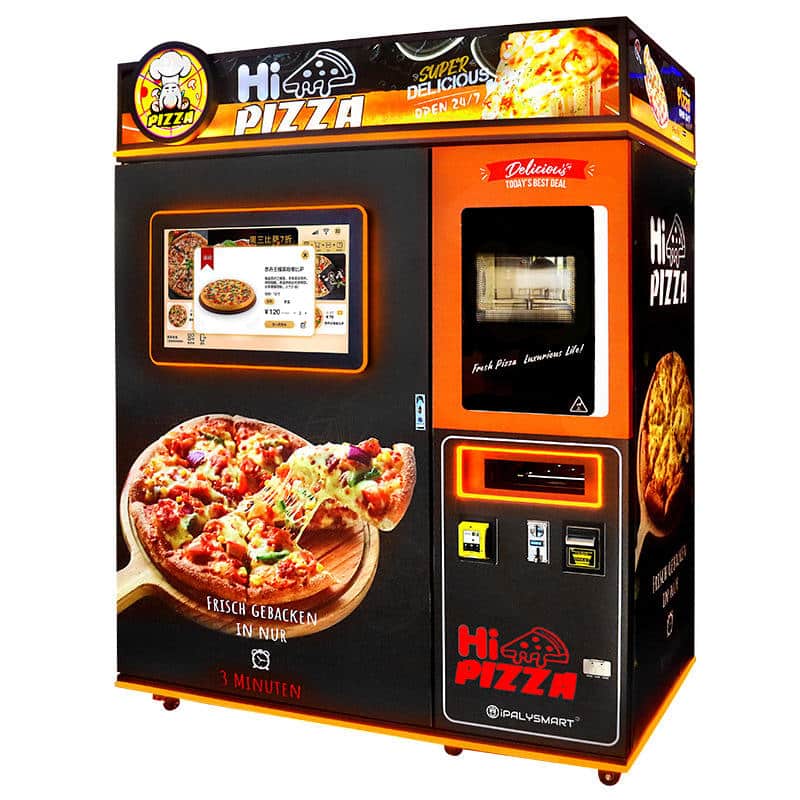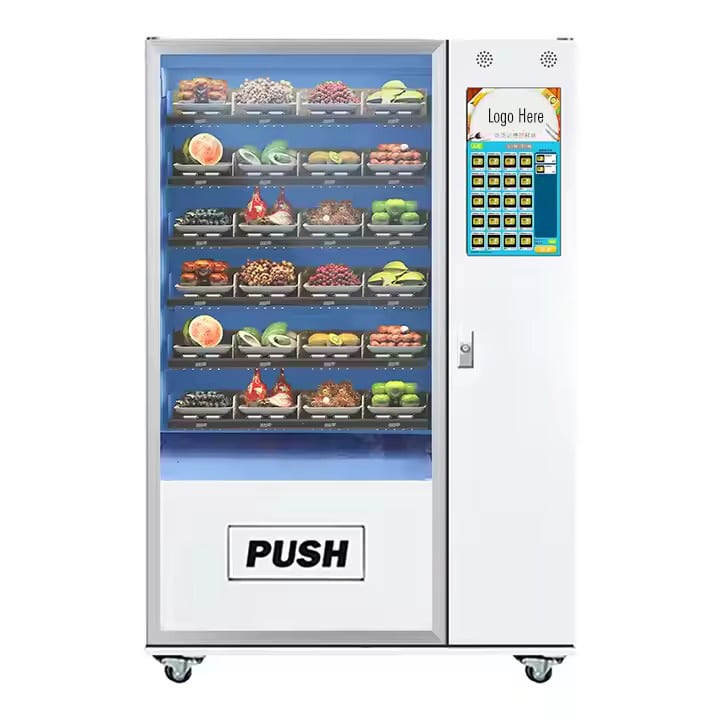There is nothing higher than herbal cleaning soap and when we talk of herbal we communicate of that cleaning soap that you have been in a position to make with your personal hands. Not solely do you manipulate to retailer a paste, however you additionally make contributions to recycling and retaining the environment. Now we are going to research how to make liquid soap, ourselves and from home. It is very easy and in some cases, the total household can participate. Let's start!
For this reason, right here at Elblogverde, we will instruct you one-of-a-kind methods of how to make liquid soap, a liquid cleaning soap that respects the environment, which helps you shop and, in addition, it will hold your pores and skin and dishes smooth besides so a good deal chemical.
There are various approaches to make liquid soap. There will usually be greater prolonged types than others, it all relies upon on the alleviation they suggest. Here we depart you numerous ways, take into account that nature provides us herbal and very positive uncooked substances for cleansing such as vinegar and lemon.
It is the most basic of all. It is a easy way, with which to make cleaning soap from scratch and with which many humans pick to make numerous batches of cleaning soap at the equal time. Meanwhile, the manufacturers are able to product
liquid soap making machine for daily chemicals industries. These soaps can be saved and used as needed. It is a suitable way to keep cash and make investments it in our health.
One liter of faucet water or mineral water
A bag of caustic soda that you will discover in drugstores
A glass of moderate olive oil coffee. If you are going to put aromas, put almond oil, which is greater neutral.
A handful of salt
Dried or drop essences
First put on some gloves and pick out the jar the place you prefer to put the soap. Pour the water interior and then, little by way of little, the caustic soda. Shake gently, however barring overlaying the bottle. It will begin to create heat, so stroll away and let it cool for countless hours and uncovered.
Then, we will add olive oil, or almond oil and a pinch of salt. We shut and shake the bottle vigorously, so that the entirety is properly mixed. For a couple of weeks, we will shake the bottle each day and whilst we will preserve it in a darkish place, mashing it.
Then, we add the essences, earlier than subsequently passing it to the pot the place it will be placed. This cleaning soap does now not foam, due to the fact it is free of chemicals. Try placing clean lavender, as an essence. I'm certain you will like it.
HOW TO MAKE LIQUID SOAP - PERSONAL HYGIENE | LIZARD SOAP
It is a a lot easier way and is first-rate proper for these who have touchy skin. Yes, as you hear, when the grandmothers encouraged lizard cleaning soap for the pores and skin ... It was once true. It is a cleaning soap that now not solely leaves a scrumptious aroma on clothes, however additionally helps to have lovely pores and skin and even smooth hair.
We have to take a wide-mouth jar or container and pour the water. With the assist of the grater, we collapse the cleaning soap and then, with the mixer, we start to beat, till there are no lumps. It has to be very properly dissolved and when that factor is reached.
When we get here, we can add something essences we want. We can put lavender, thyme, rosemary, eucalyptus, even rose petals, so that they go away their aroma there. It does no longer want maceration, you simply have to put it in a cleaning soap jar and begin the usage of it.
A very environment friendly way to take gain of the stays of soaps left round the residence and put it to excellent use, growing our personal liquid soap. We solely want strong leftovers, cleaning soap scraps, leftover chunks and for this we will need.
One liter of distilled water
The leftover cleaning soap that we found. We pass by them on the grater, so that we have cleaning soap shavings.
We want a tablespoon of glycerin that we can discover in herbalists
Aromatic essences both in extracts or in dried herbs
We will put the distilled water in the Bain Marie and when the water is hot, we will step by step add the cleaning soap that has been in the past grated. use a plastic spoon to stop the cleaning soap from leaving its aroma in the wood spoons. Stir till the entirety is nicely dissolved.
When there is no lump, we do away with it from the furnace and add the glycerin. We commence to stir till it is again, all nicely dissolved. When it is ready, we add the essence that we want, so that it takes the aroma that we like the most and we let it cool down a bit.
We can put it in a glass jar when it is nevertheless warm, however if we put it in a plastic container, we will wait for it to cool definitely to stop the plastic from deforming, with the heat. This cleaning soap does no longer commonly foam, however relies upon on the cleaning soap residue that has been added.
If what you choose is an authentic, herbal cleaning soap that is scrumptious to scent and most hydrating, it is time to get down to work and center of attention on a kind of cleaning soap that will honestly assist us on a everyday basis, when Let's make it through ourselves. To make this aromatic lemon soap, we will want the following ingredients:
2 liters of faucet water
Traces of soap: lizard, lozenges for hands, for physique ...
Lemon extract, which are very effective flavorings
Pure lemon extract
A splash of almond oil, which is the most impartial and hydrating
A desirable tablespoon of glycerin
We want a huge pot, due to the fact we will pour all the elements there. We will add a liter of water and we will warmness it up. When it is warm we will add the striped cleaning soap and then the tablespoon of pure glycerin. We stir flippantly and with a plastic spoon.
When the entirety is dissolved, we will begin including the different liter of water and persevering with to stir. Let it cool down a bit and add the lemon extract. Remember that you can't lie down when it is very warm or you wreck the houses of the lemon.
And finally, we add the almond oil to the mixture, with the oil we will get our fingers nourished each time we wash it.
If it turns out that you prefer lemon cleaning soap to wash clothes, you can use this identical recipe, however except including the almond oil at the end. This skill that you can make a total batch and separate a section that will be for clothing. In this way, even if the quantity of oil is small, it will no longer have an effect on the clothes.
This liquid cleaning soap can closing up to six months and you can experience its scrumptious lemon aroma all this time, from garb to skin. It will now not foam much, however it all relies upon on the kind of cleaning soap you have used.
Not solely can we make advantageous and moisturizing soaps for our hands, however we can additionally make dish cleaning soap at home. A desirable degreaser that will depart the dishes as new and that will add shine and all with the peace of idea of understanding what substances you have used.
The dishwashers that we purchase in shops are commonly compounds made with exceptional chemical merchandise and these can be unsafe to our health, can purpose a alternate in the PH of our skin, in addition to negative the environment. Learning to make ourselves the cleaning soap with which we are going to wash our dishes, offers us the safety of no longer the use of these hazardous chemical elements.
